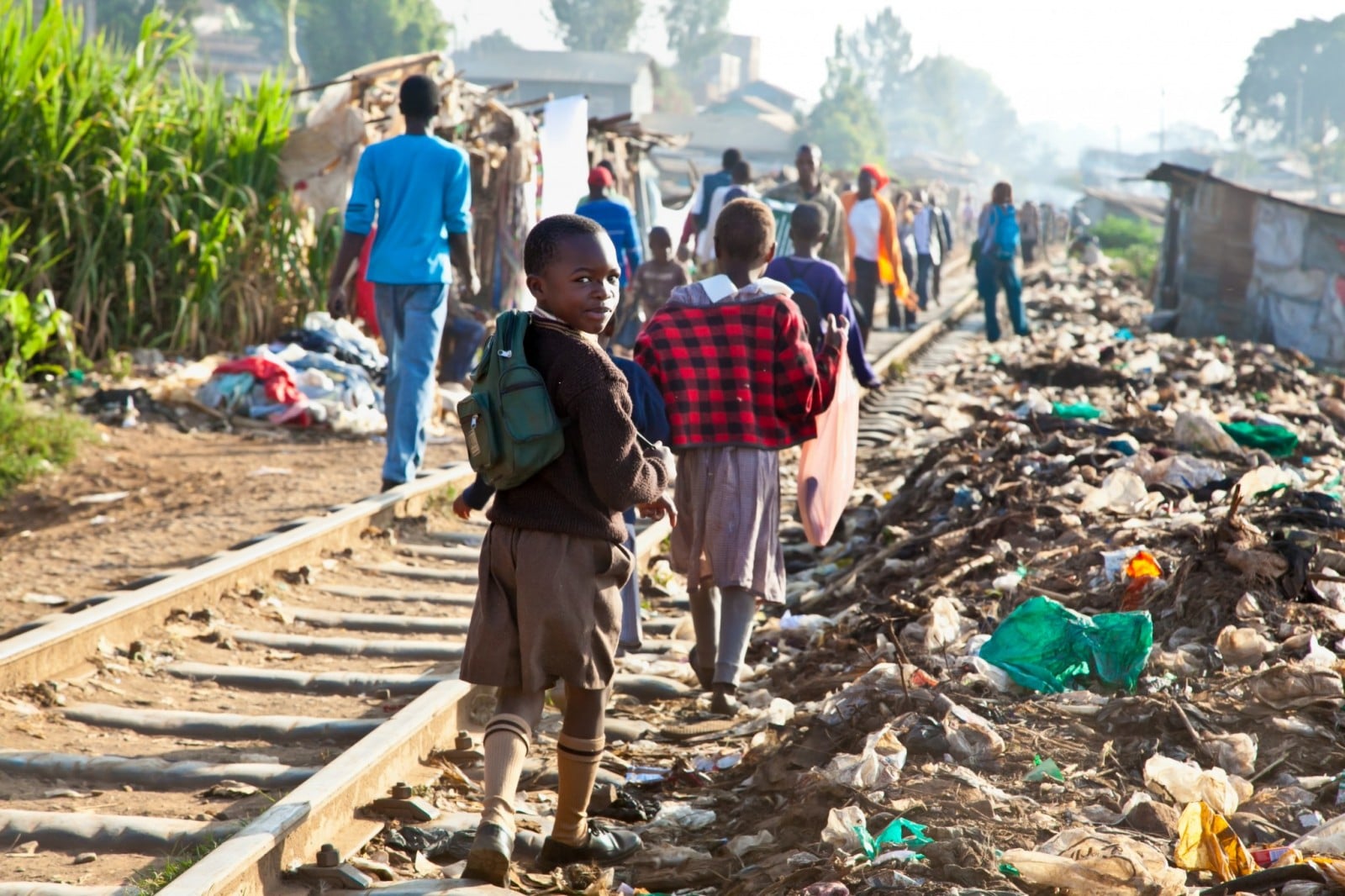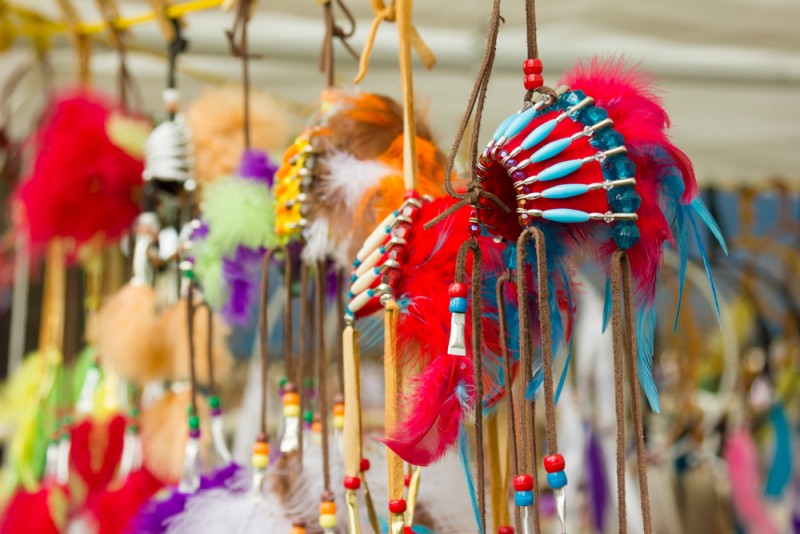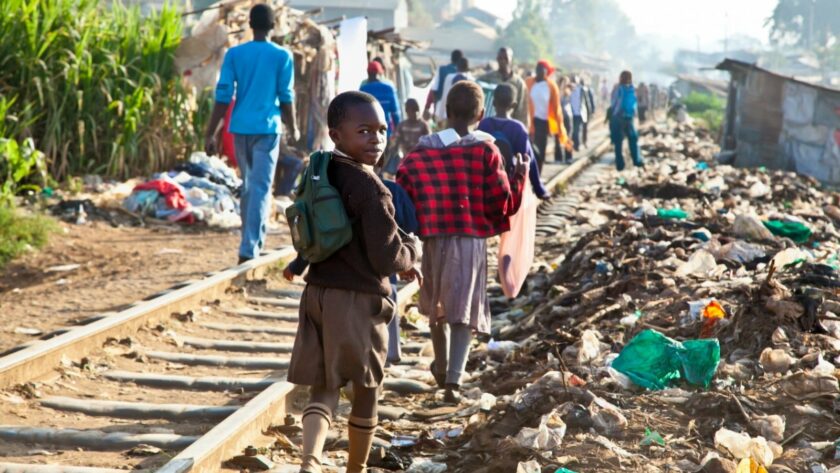
Now more than ever tourism is booming, as successive generations of people young, old, rich, poor – but mostly white – are setting out to see what they class as the “wider world.” Each individual sets off with a different idea of what they’ll find when they breach their borders or fly over their shores, but many share the hope that they’ll experience cultures different from their own, and that they’ll learn from this experience.
These journeys can be transformative: new links are created between disparate communities, people from each different place share their different skills, and globalization suddenly doesn’t seem so bad.
These are beautiful stories, but too often they’re told by people like me – white westerners. Travelers return home and tell us their stories, from their perspective. That’s great, but it’s only one side of the story.
Bani Amor believes we need to hear the other sides of the story. She runs a blog on decolonizing travel culture; looking at why the travel industry lacks diversity, and ways in which the situation can be improved. She explains why she started everywhere all the time:
“Travel culture needs to be decolonized because marginalized communities shouldn’t have to hustle their cultures to make a buck, white people shouldn’t rip them off to make a buck, and for the simple fact that people from a place should be in charge of the stories written about that place.”
Cultural Caricaturing
The problem can be summed up with a parallel – how would we all feel if the only people who were writing about feminism were men? Travelers are increasingly interested in cultural authenticity, but the tourism industry too often curates cultures – only showing people what they think they want to see. Often this is a caricature of people’s real lives, missing the nuance, the politics, sometimes even the humanity.

One perverse example of this cultural caricaturing: in 2013 a South African resort built a network of shacks where moneyed guests could experience all the authenticity of a slum without forgoing home comforts like WiFi and under-floor heating – costing half the average local monthly salary. The resort was the worst extreme of a controversial trend called “slum tourism,” where travelers attempt to better understand poverty and inequality through visiting poor neighborhoods across the world.
What do the estimated one in eight people who live in slums worldwide think of this? In a 2010 New York Times article Kennedy Odede, at the time a university student, described the experience of being visited by tourists in the Kenyan slum of Kibera:
“Slum tourism turns poverty into entertainment, something that can be momentarily experienced and then escaped from. People think they’ve really “seen” something — and then go back to their lives and leave me, my family and my community right where we were before.
“I was 16 when I first saw a slum tour. I was outside my 100-square-foot house washing dishes, looking at the utensils with longing because I hadn’t eaten in two days. Suddenly a white woman was taking my picture. I felt like a tiger in a cage. Before I could say anything, she had moved on.”

These are extreme examples (much of this is more insidious), but they bring light to the fact that tourism is inextricably linked with the global, post-colonial reality of inequality. Bani explains:
“Together, the tourism industry and travel media help foster a culture of travel where (mostly) white, moneyed descendants of colonizers descend on (mostly) poor countries of color for vacation, which keeps Indigenous peoples dependent on neo-imperialist relationships fostered by an unstable tourist economy.”
Get Involved
So how can travelers and travel culture work to balance the scales? Bani argues the first step is to invite people from all walks of life, the world over, to join the dialogue; making it more varied, more real, and ultimately richer.
“It’s a waste of potential that travel media platforms are not spaces that address what it’s like to travel while trans, or disabled, or undocumented, or with dark skin.”
And, whenever you travel, always be aware of how you fit into the world around you.
“As I travel, I’m constantly in conversation with the ways that I’m privileged and the ways that I’m oppressed, and what that means in the historical and present context of the place I’m in.”
What do you think? Please share your voice in the comments below.
By Jo Eckersley
Recommendations:
Coffee Culture: A Sampling Of Java Drinks From Around The Globe [Blog Inspiration]
Travel and Street Photography: From Snapshots to Great Shots by John Batdorff [Great Reads]
Fox 40 Sonik Blast Safety Whistle [Travel Safety]
Jo Eckersley
Latest posts by Jo Eckersley (see all)
- Digging Deeper: A Guide To Responsible Archaeological Excavation & Scientific Expedition Volunteering - Jan 9, 2016
- Why We Need To Hear The Voices Of Those We Visit On The Road - Jan 9, 2016
- Travel Safety Tips For Women Hitting The Road Solo - Dec 18, 2015
- How Moving To Sri Lanka Helped Me Discover My Culture - Nov 2, 2015
- Riding The World’s First Surf Boards In Peru - Oct 12, 2015






I am so happy to see this being addressed. I’m always shocked that other people aren’t more uncomfortable with these aspects of the travel industry. There’s a fine line between participating in another culture and exploiting it, especially when there’s a big financial disparity between the two cultures. I have been struggling with this issue more and more as I travel.
@Lauren: Totally agree! I especially feel uncomfortable with the photographing…people seem to have no problem taking a picture for Instagram of the people they see on their travels without even asking, often with what could often be viewed as an offensive comment. It’s sad that people either don’t realize, or don’t care.
I agree with the general message of the article, but the example of slum tourism seems more like an extreme case of disrespect and bad taste, rather than the norm. How common this kind of practice is and how reasonable is to use it to make broader considerations? I have never visited “developing countries”, but I know many people who did and they visited historical landmarks and natural wonders, not poor neighborhoods.
For what concerns “cultural caricature”, that applies to rich countries too: I’m from an European country which is a common destination. There is indeed a trivialization of the local culture by tourists. Some people simply don’t have time or the interest in getting a deeper understanding of the country they are visiting (and the problem is not limited to a specific ethnicity/nationality).
I guess the big problem here is the fact that rich tourists are taking advantage of their economic power, and the profit from tourism benefit only a fraction of the population. There was no period in history in which so many people could afford visiting other countries, and that creates issues we never faced before. And in certain cases, sustainable tourism can only mean less tourists.
@Gent: You bring up many great points (many of which could definitely be inspiration for future articles). Definitely agree that the “caricatures” can also happen in wealthier destinations. I’m from and live in New York, where visitors barely leave Midtown and think they’ve experienced the real NYC and even form opinions about the people and place, which upsets me, to say the least (it’s part of the reason — the main reason — I became a NYC tour guide). Even similar to the example given with the slum tourism above, I’ve seen in NYC on the subways, such as tourists taking photos of the homeless people asking for money and food. It’s definitely not all travelers, but something that needs to be addressed. We hope that by reading this article people will begin to think more about their actions while traveling and take the time to hear the voices of those they’re visiting.
I felt sick reading this as I remembered my first township tour in South Africa where I felt on the outside and embarrassed driving through on a tour bus. After that I went several times on a walking tour of a township with a local guide who lived in the township. Totally different experience as he took us around the community with lots of interaction with locals where we felt very welcome and learned their struggles but also about their strengths and strong spirits.
I have also volunteered in many countries but now prefer authentic, experiential activities that the locals lead. This way they are making a living and not having to rely on charity, and I am having an amazing experience, learning a great deal, and most importantly connecting on a person-to-person level with people from various cultures.
Nice post thank you very much. Waiting for more.